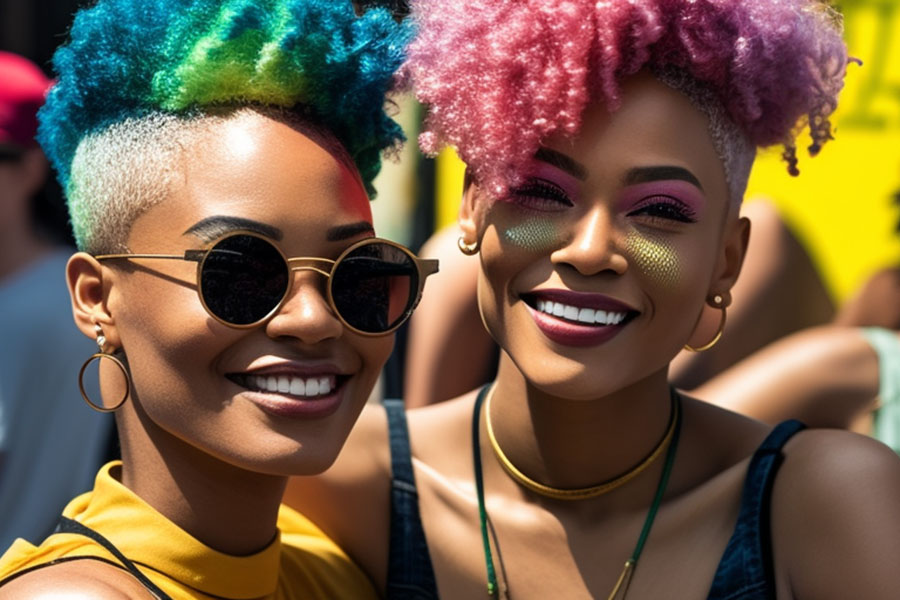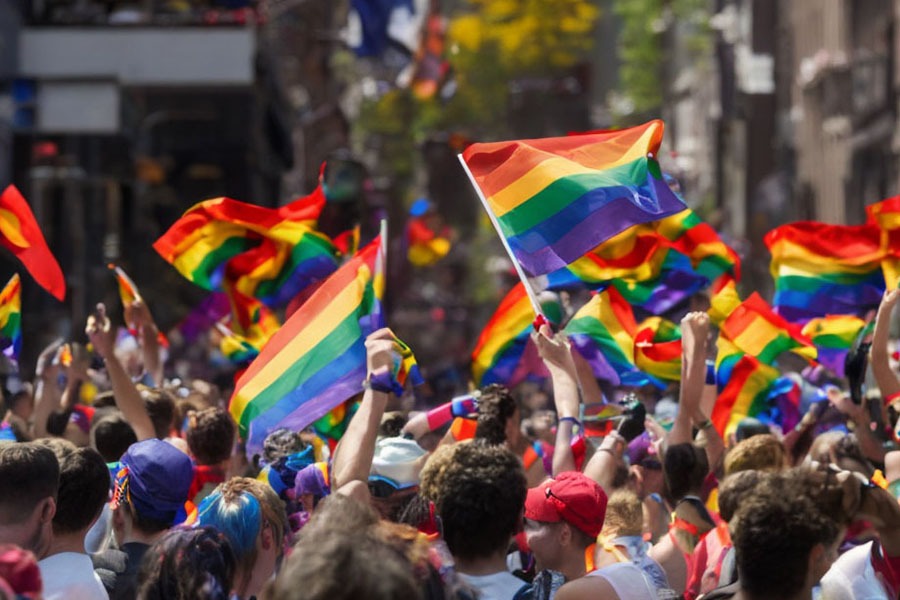What is the gay rights movement?
The gay rights movement, also known as the LGBTQ+ rights movement or the LGBTQ liberation movement, is a social and political movement that advocates for the rights and equal treatment of lesbian, gay, bisexual, transgender, and queer (LGBTQ+) people.
Homosexuality it in all its glorious forms has long been considered taboo and even criminalized in many parts of the world. Gay, lesbian, bisexual and transgender people have had to hide their true identities and relationships for fear of persecution. Even today, around 69 countries have laws that criminalize homosexuality, and nearly half of these are in Africa.
What is the history of the gay rights movement?
The gay rights movement began in the late 19th century with the establishment of the Society for Human Rights in Chicago, which was promptly shut down by the police because they were “not human enough to have rights”.
The movement’s activism can also be traced back to the early 20th century, when some European countries began to repeal laws that criminalized homosexuality. In the United States however, the Stonewall riots of 1969 are often considered the beginning of the modern gay rights movement.
Police harassment and discrimination against the LGBTQ+ community was common at the time and the riots were a response to police officers raiding the Stonewall Inn, a gay bar in the gay village of Greenwich Village, Manhattan, New York City. Several patrons were arrested, leading to a confrontation between the police and members of the LGBTQ+ community. The riots lasted for several days and sparked a new wave of activism for LGBTQ+ rights.
The Stonewall riots are widely considered to be a turning point in the fight for LGBTQ+ equality and are remembered as a key moment in LGBTQ+ history.

Gay pride parades
In the early seventies, after Stonewall, annual political marches through major cities (usually held in June, originally to commemorate the yearly anniversary of the events at Stonewall) were still known as “Gay Liberation” marches. It wasn’t until later in the seventies and well into the eighties that the marches began to be called “gay pride parades”.
There are of course, some people who feel hard done by and think that there should be a “straight pride parade“. Just tell them this: “Gay pride was not born of a need to celebrate being gay, but our right to exist without persecution. So instead of wondering why there isn’t a straight pride parade, be thankful you don’t need one.” – Dr. Ron Holt.
